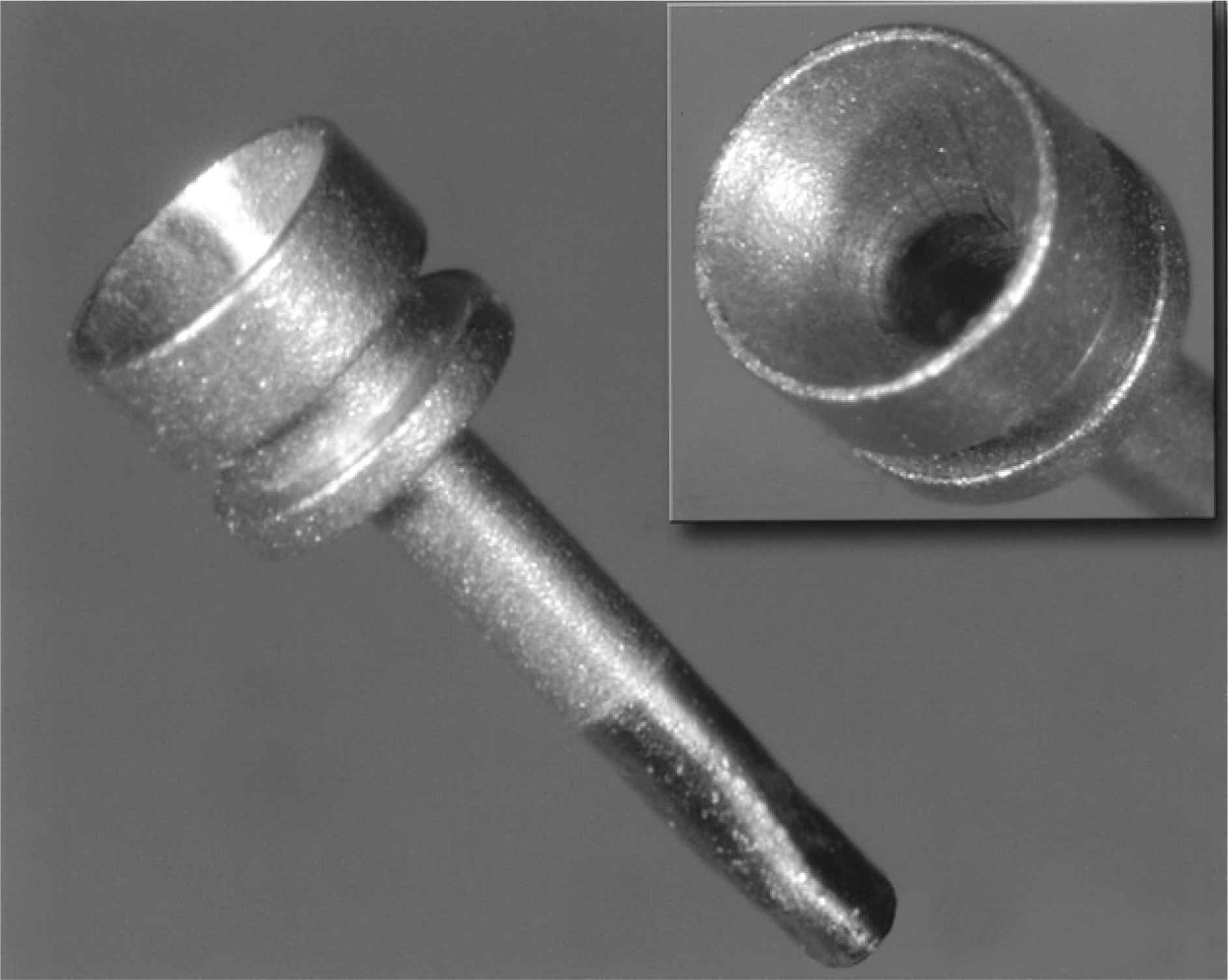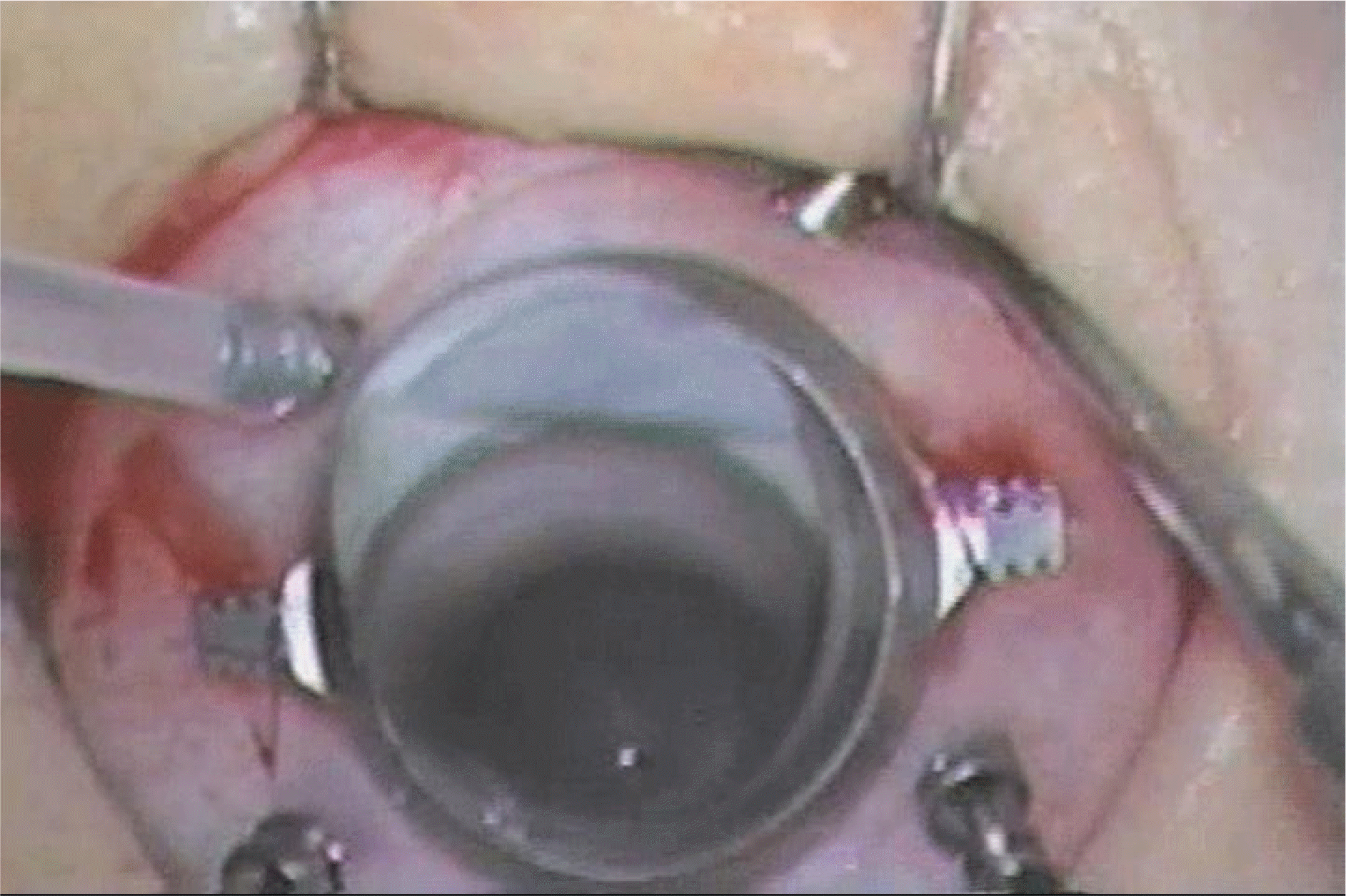Abstract
Purpose
To compare the rate of intraoperative sclerotomy-related retinal breaks (SRRB) between 20- and 23-gauge vitrectomy for proliferative diabetic retinopathy (PDR).
Methods
Medical records of 62 consecutive eyes of 54 patients who underwent 20-gauge pars plana vitrectomy (PPV) and 63 consecutive eyes of 55 patients who received 23-gauge transconjunctival sutureless vitrectomy were retrospectively reviewed.
References
1. Carter JB, Michels RG, Glaser BM, De Bustros S. Iatrogenic retinal breaks complicating pars plana vitrectomy. Ophthalmology. 1990; 97:848–53.

2. Sjaarda RN, Glaser BM, Thompson JT, et al. Distribution of iatrogenic retinal breaks in macular hole surgery. Ophthalmology. 1995; 102:1387–92.

3. Al-Harthi E, Abboud EB, Al-Dhibi H, Dhindsa H. Incidence of sclerotomy-related retinal breaks. Retina. 2005; 25:281–4.

4. Tognetto D, di Lauro MT, Fanni D, et al. Iatrogenic retinal traumas in ophthalmic surgery. Graefes Arch Clin Exp Ophthalmol. 2008; 246:1361–72.

5. Singh DV, Pal N, Azad RV. Incidence of early and late sclerotomy-related retinal breaks in patients who underwent pars plana vitrectomy. Retina. 2006; 26:251.
6. Scartozzi R, Bessa AS, Gupta OP, Regillo CD. Intraoperative sclerotomy-related retinal breaks for macular surgery, 20-vs 25-gauge vitrectomy systems. Am J Ophthalmol. 2007; 143:155–6.
7. Sabti K, Kapusta M, Mansour M, et al. Ultrasound biomicroscopy of sclerotomy sites: the effect of vitreous shaving around sclerotomy sites during pars plana vitrectomy. Retina. 2001; 21:464–8.
8. Territo C, Gieser JP, Wilson CA, Anand R. Influence of the cannulated vitrectomy system on the occurrence of iatrogenic sclerotomy retinal tears. Retina. 1997; 17:430–3.

Figure 1.
23-gauge microcannula (DORC, Holland). The length (without its head) is 4 mm, the internal diameter is 0.65 mm, and the external diameter is 0.75 mm. The external opening is funnel shaped.

Figure 2.
Intraoperative photograph of the procedure searching sclerotomy-related retinal breaks by 360° scleral depression.

Table 1.
Patient demographics, 20- vs 23-gauge vitrectomy systems
| | 20-Gauge | 23-Gauge | p-value |
|---|---|---|---|
| Number of eyes | 62 | 63 | |
| Sex (male/female) | 30/32 | 39/24 | 0.152* |
| Age (yr)(mean± SD) | 52.9±10.74 | 57.32±10.27 | 0.052† |
| Laterality (OD/OS) | 29/33 | 29/34 | 1.000* |
| Lens status (phakic/pseudophakic) | 46/16 | 47/16 | 1.000* |
| Preop visual acuity (logMAR)(mean± SD) | 1.29±0.52 | 0.74±0.45 | <0.001† |
Table 2.
Intraop procedures, 20- vs 23-gauge vitrectomy systems
Table 3.
Indications for surgery
| | 20-Gauge(%) | 23-Gauge(%) |
|---|---|---|
| Vitreous hemorrhage* | 36 (58.0) | 37 (58.7) |
| Traction retinal detachment | 20 (32.3) | 18 (28.6) |
| Diabetic macular edema | 1 (1.6) | 4 (6.3) |
| Epiretinal membrane | 5 (8.1) | 4 (6.3) |
| Total | 62 | 63 |
Table 4.
Details for patients discovered to have sclerotomy-related retinal breaks
| Gauge | Sex/Age | Laterality | Indication | Intraop Procedure | Tamponade | Tear location | Retinal detachment |
|---|---|---|---|---|---|---|---|
| 20 | F/70 | OD | VH* | PPV‡/cat§/MPП/l#/c** | BSS†† | Superotemporal | No |
| 20 | M/58 | OS | VH | PPV/cat/MP/l/c | Gas (C3F8) | Superonasal | Yes (4 months) |
| 20 | F/37 | OS | VH | PPV/cat/MP/l/c | BSS | Superonasal | No |
| 23 | M/49 | OS | TRD† | PPV/cat/MP/l/c | Air | Superonasal | Yes (3 months) |
| 23 | F/53 | OS | TRD | PPV/cat/MP/c | Gas (C3F8) | Superonasal | No |
Table 5.
Other intraoperative and postoperative complications




 PDF
PDF ePub
ePub Citation
Citation Print
Print


 XML Download
XML Download